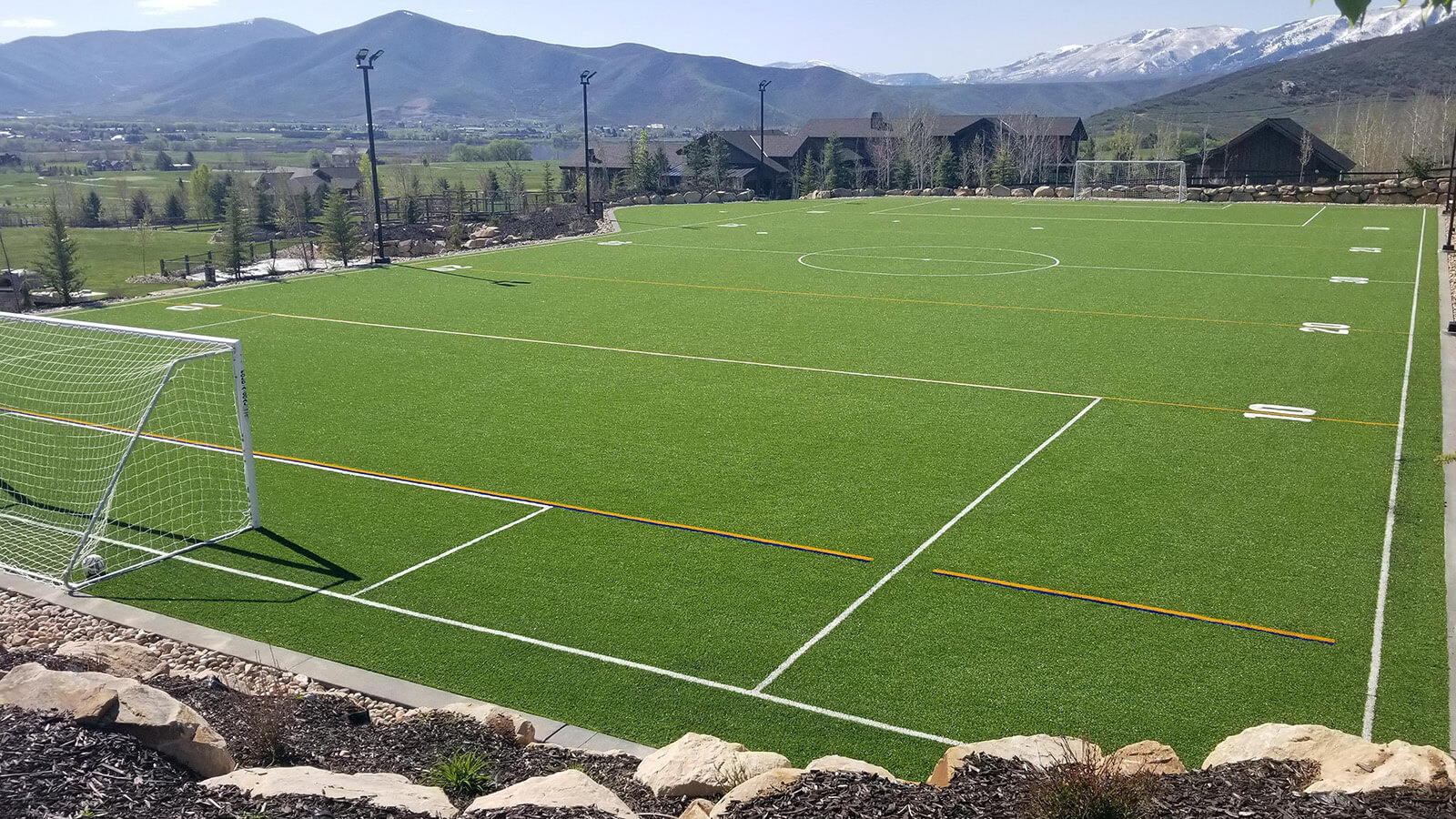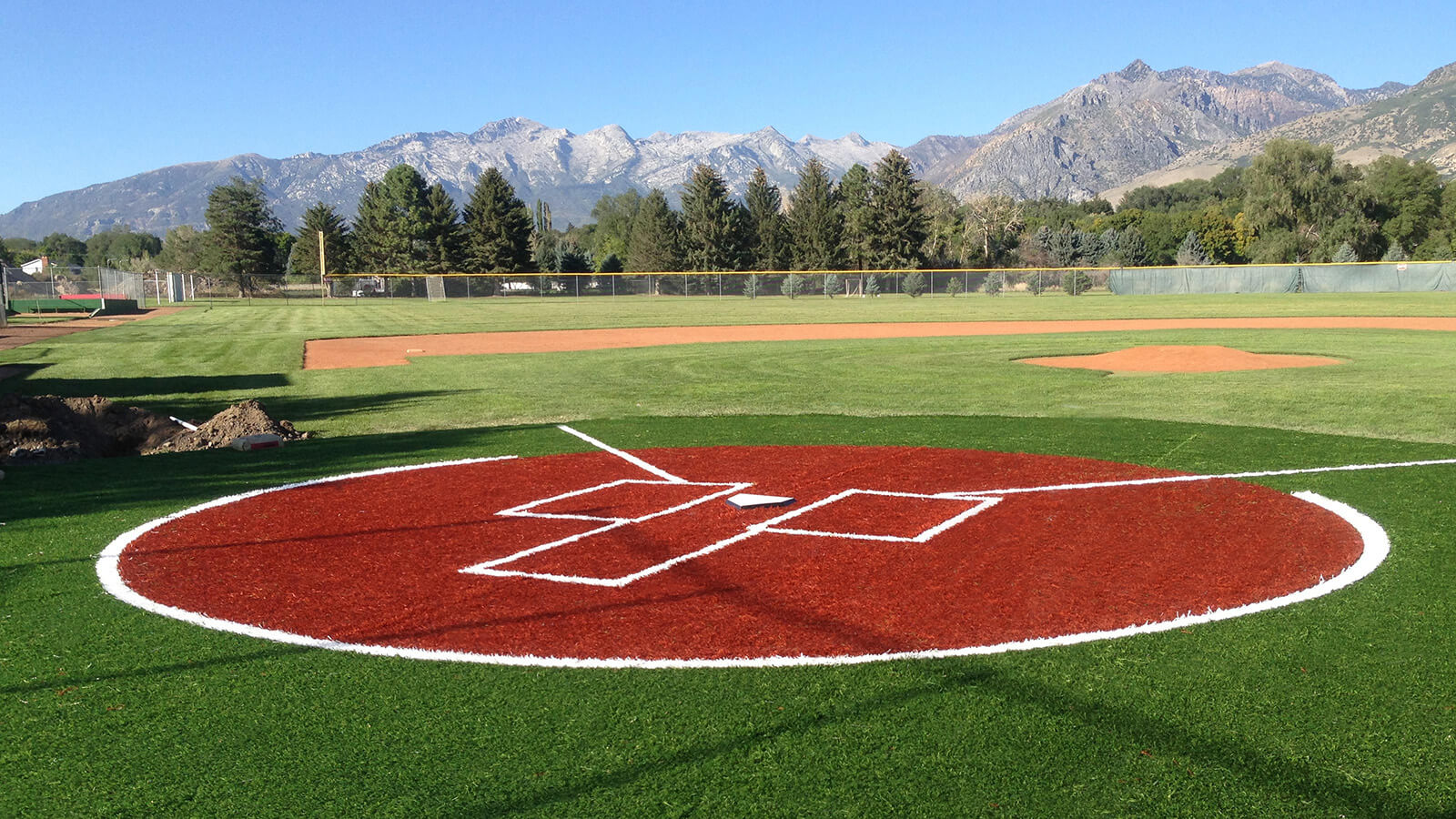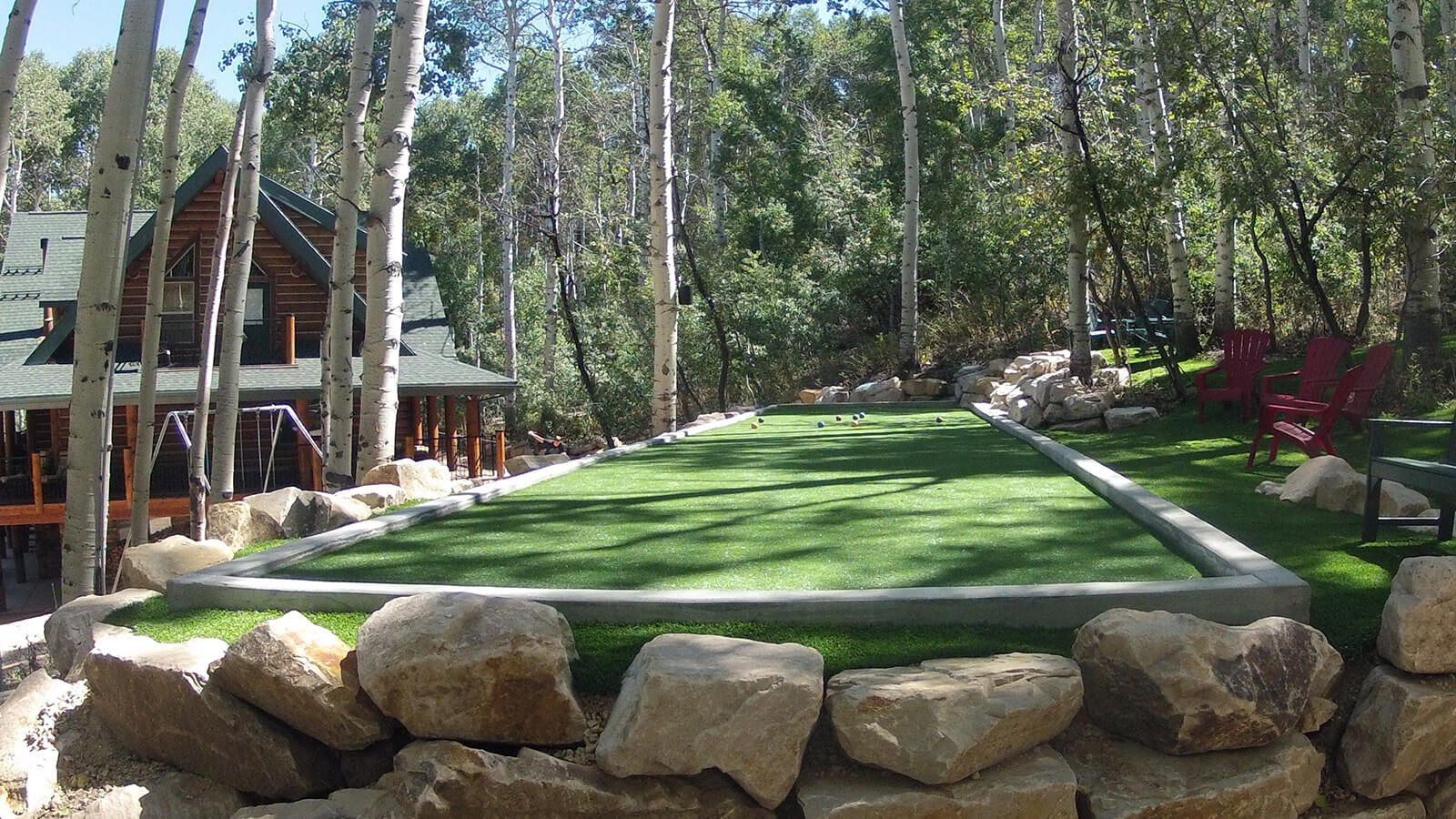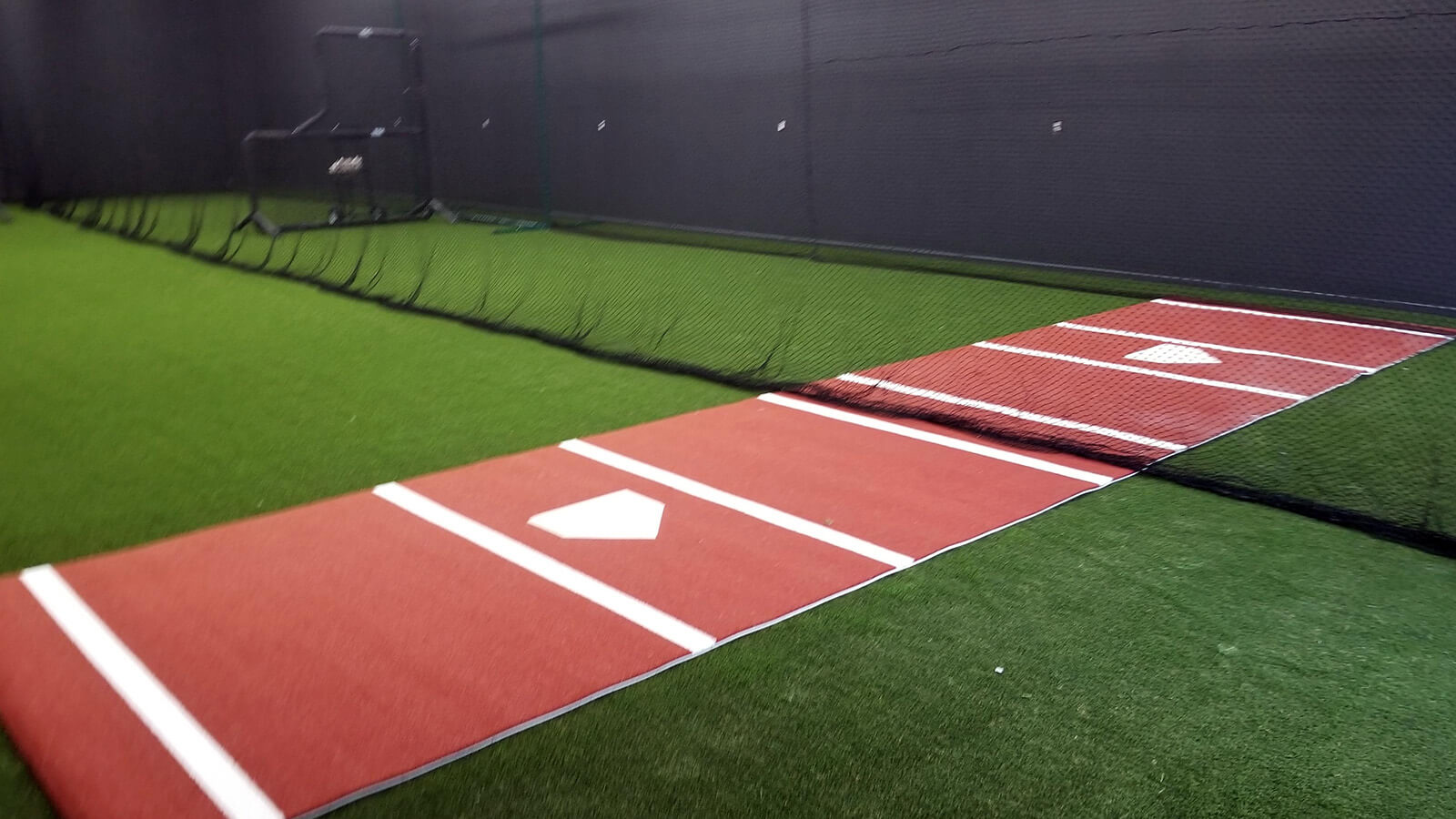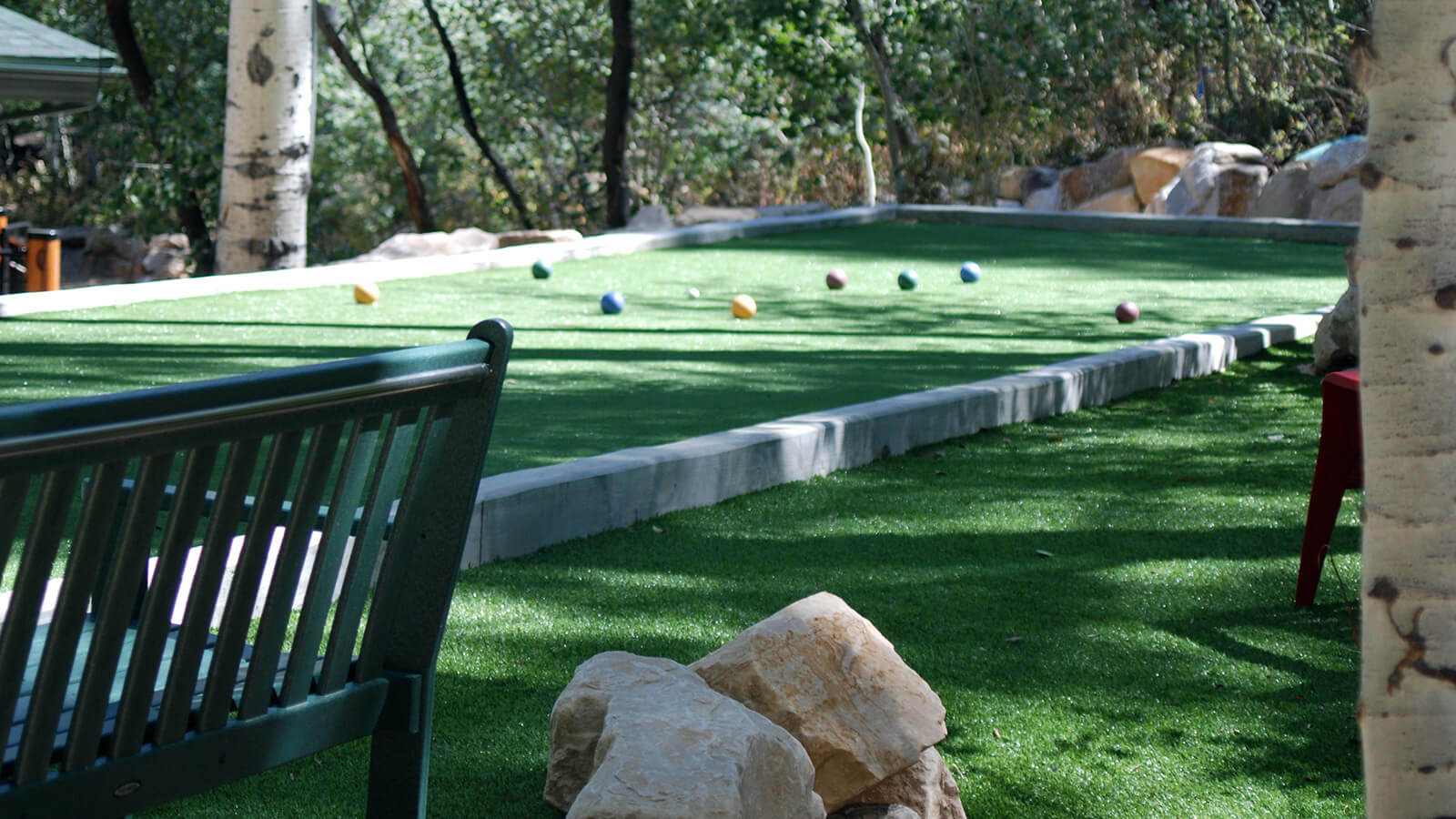Photo Gallery
Safe Play
No sport can ever be completely free from injury; Backyard Greens along with our top-of-the-line manufacture continue to look for new ways to reduce the risk and severity of injuries. We have the best products and experience to help you provide the safest playing field possible for your athletes.
Testing has shown that synthetic turf sport fields are safer than any other system, equal to, if not better than natural grass in most critical areas of player safety.
An independent, three-year study of competitive college football showed that when compared to natural grass, the synthetic turf system leads to:
- 74% Fewer Muscle Tears
- 12% Fewer Concussions
- 40% Lower ACL Trauma
- 10% Less Injury From Shoe Surface Interaction during Contact
- 31% Fewer Ligament Tears
- 8% Less Injury From Shoe Surface Interaction during Non-Contact
- 20% Fewer Severe Injuries
- 7% Fewer Total Injuries
- 19% Fewer Substantial Injuries
Conserve Water
An average lawn uses more than 90 gallons of water every day and the average football field uses nearly 1500 gallons every time it waters.
Even with all that water the surface is of uneven hardness and patchy depending on the amount of use. Also, with the repetitive use, no amount of water can get grass to grow and patches of hard dirt are extremely unsafe.
Synthetic grass never needs any water to stay green which helps with the water conservation movement.
No need to water artificial grass for it to grow while damaging expensive playground equipment, it constantly stays green and vibrant for 10-15 years. The trend to landscaping is exponentially shifting towards eco-friendly water conscious designs.
Natural grass uses a lot of water and fertilizers and leaves are a significant carbon footprint. Artificial turf does not use any water so it is a great savings alternative and it requires little to no maintenance.
Benefits
With more than 5,500 synthetic turf fields currently in use, millions of students have the opportunity to practice and play on a sports field that can always be counted upon. Seamlessly, schools and municipalities can rotate from Football to Soccer to Lacrosse and any other use that they may need without ever having to paint lines or do anything. For your project please consider the following benefits:
- A typical grass sports field can use between 500,000 to a million gallons of water each year. Synthetic turf allows communities to conserve that water, which is particularly critical during times of drought. During 2008, more than 2.2 billion gallons of water was saved in North American schools, parks and professional sports stadiums.
- Synthetic turf is a smart solution for overused, unsafe playing fields. A grass field simply cannot remain lush and resilient if it is used more than three to four days a week, or in the rain, or during the six months of the year when grass doesn't grow ' otherwise the surface will become an unsafe, rock-hard, dirt field.
- Communities need accessible, versatile play surfaces for youth and people of all ages. Parks and sports fields with synthetic turf promote year-round activity on safe and resilient surfaces. Increased activity helps reduce childhood obesity and promotes well-being.
- Synthetic turf eliminates the use of potentially harmful pesticides and fertilizers while significantly decreasing maintenance costs.
- A typical lawn of 1800 square feet can require 56,000 gallons of water for maintenance each year. Synthetic grass enables homeowners to conserve that water. Tax credits and rebates are being offered to residential and corporate users by an increasing number of local governments in light of the tremendous impact on water conservation.
- Switching to synthetic grass allows consumers and businesses to save significantly on their water bills. You can often recover the installation costs within 4 years by reducing the need for water and lawn maintenance costs.
- Because synthetic turf can withstand so much wear and tear, many schools rent their synthetic turf fields to local sports team and organizations to bring in extra funding.

